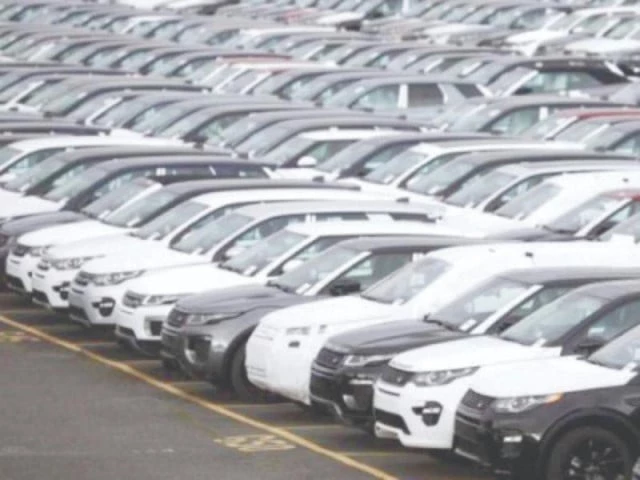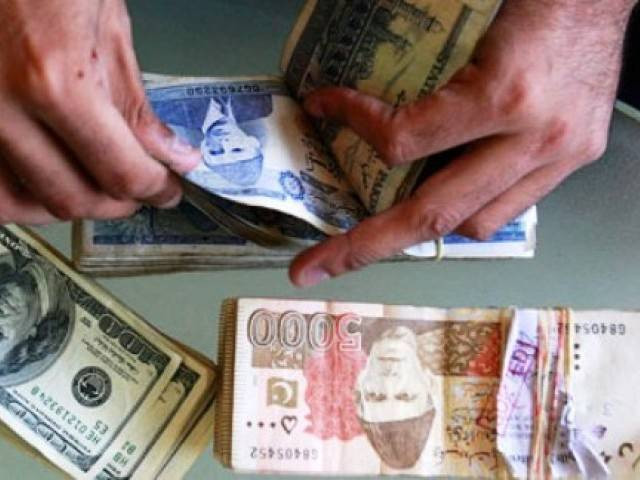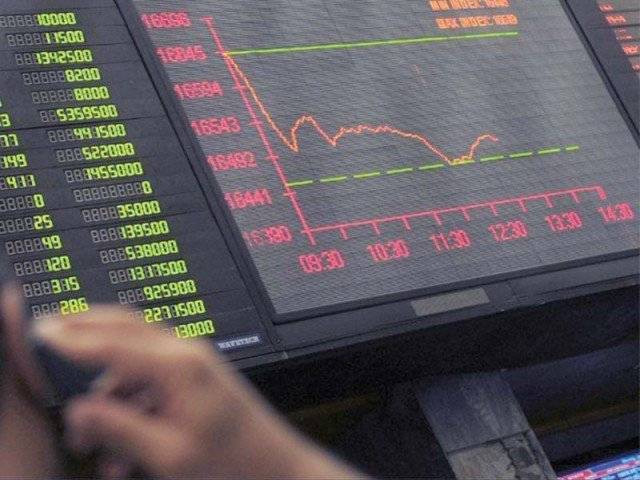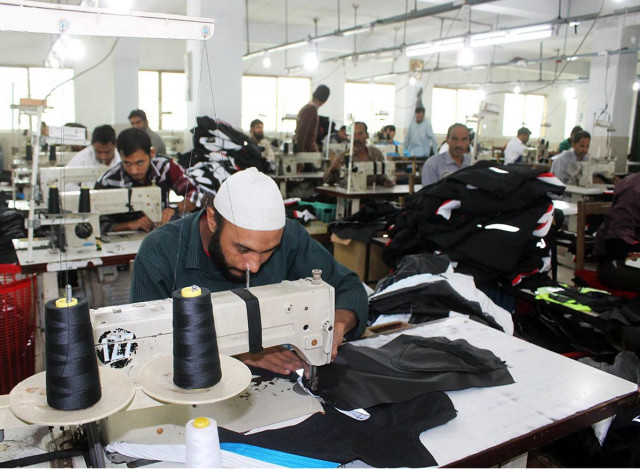Business
Auto financing hits 25-month high | The Express Tribune

KARACHI:
Auto financing continued its upward trajectory, hitting a 25-month high of Rs286 billion in July 2025, according to the latest data released by the State Bank of Pakistan (SBP) and compiled by Topline Research.
The July 2025 figures mark a 25% year-on-year (YoY) increase and a 3% month-on-month (MoM) rise, highlighting improving consumer appetite for car purchases amid an easing interest rate environment. This is the highest level since June 2023, when financing stood at Rs285 billion.
Despite the rebound, auto financing remains 22% lower than the all-time peak of Rs368 billion recorded in June 2022, when aggressive consumer borrowing coincided with strong vehicle demand. The subsequent decline was triggered by soaring borrowing costs, import restrictions on raw materials and automotive parts, and a broader economic slowdown that severely dented car sales and leasing activity.
Analysts believe the recent turnaround reflects recovering consumer confidence, driven by declining interest rates following the SBP’s monetary easing cycle, as well as stabilisation in the exchange rate and gradual improvement in supply chains. Auto financing is finally showing signs of recovery after two years of contraction. The consistent monthly growth suggests that demand is returning, and this momentum is likely to continue if monetary easing persists.
“The recovery reflects improving consumer demand amid falling interest rates and is expected to further lift auto sector sentiment, with stronger sales and earnings outlook for listed companies,” said market experts at Topline Research. The revival in auto financing is expected to boost sentiment in the automobile sector, which has faced one of its toughest downturns in recent history. Listed auto assemblers and allied sectors, such as parts manufacturers, may benefit through improved sales volumes and a stronger earnings outlook in the coming quarters.
Industry observers caution, however, that sustained growth will depend on further cuts in financing rates, stable macroeconomic conditions, and consumer purchasing power. With auto financing back on the rise, the sector may be entering a new growth cycle, giving much-needed support to Pakistan’s struggling economy.
Commenting on the recent rise in auto financing, auto industry expert Mashood Ali Khan said that while the sector is seeing renewed momentum, several economic challenges remain.
He noted that car financing had touched Rs360 billion in 2022, and to return to that level, Pakistan would require single-digit interest rates, compared with the current 11%. “If interest rates fall further, automobile sales will definitely get a boost. However, the industry faces very difficult challenges,” he said. Khan highlighted that despite some improvement, Pakistan’s foreign exchange reserves have not grown significantly, while budgetary measures tied to the International Monetary Fund (IMF) programme are gradually increasing import pressures. He warned that although inflation has been contained, a rapid cut in interest rates could reignite price pressures in the auto sector.
“The rupee has remained stable around 280, which is positive, but sustaining this stability will be difficult if inflation rises again,” he added. Another key obstacle, according to him, is that purchasing power has not improved sufficiently, leaving a gap between demand potential and actual consumer affordability.
He also stressed the need for policy stability to restore the confidence of industrialists and investors. “Sometimes imports of used cars are opened, sometimes restricted. This inconsistency shakes business trust. Over the past two and a half years, many industrialists and skilled youth have left the country,” he remarked.
Khan emphasised that to counter the challenges from lower interest rates, Pakistan must strengthen exports, an area that requires long-term planning, incentives, and facilitation in special economic zones. He also pointed to the concerns raised by chambers of commerce in recent months over unfriendly regulations, underlining the importance of supportive policies for SMEs and industrial protection.
“The direction is right, but stability and continuity in policies are crucial,” Khan concluded.
Business
Women in banking: SBI aims for 30% female workforce by 2030; steps up inclusion and health initiatives – The Times of India

The State Bank of India (SBI) has set a target to raise the share of women in its workforce to 30 per cent by 2030 as part of a broader push to strengthen gender diversity and inclusivity across all levels of the organisation.SBI Deputy Managing Director (HR) and Chief Development Officer (CDO) Kishore Kumar Poludasu told PTI that women currently account for about 27 per cent of the bank’s total workforce, though the figure rises to nearly 33 per cent among frontline staff.“We will be working towards improving this percentage so that diversity gets further strengthened,” Poludasu said, adding that the bank is taking targeted measures to bridge the gap and meet its medium-term diversity goal.With a staff strength of over 2.4 lakh — among the highest for any organisation in the country — SBI has rolled out several initiatives aimed at creating a workplace where women can thrive professionally while maintaining work-life balance.Among the women-centric measures, the bank offers creche allowances for working mothers, a family connect programme, and dedicated training sessions to help women re-enter the workforce after maternity, sabbatical, or extended sick leave.Poludasu said SBI’s flagship initiative, Empower Her, is designed to identify, mentor, and groom women employees for leadership roles through structured leadership labs and coaching sessions. The programme aims to strengthen the pipeline of women leaders across the organisation.The bank has also introduced wellness initiatives tailored to women’s health needs, including breast and cervical cancer screenings, nutritional allowances for pregnant employees, and a cervical cancer vaccination drive.“These programmes are designed keeping in mind the women and girls who are employed in the bank,” Poludasu said, adding that SBI remains committed to fostering an inclusive, secure, and empowering workplace.Currently, the lender operates over 340 all-women branches across India, and the number is expected to increase in the coming years.SBI, one of the world’s top 50 banks by asset size, has also been recognised among India’s best employers by multiple organisations. Poludasu said the bank continues to drive innovation across processes, technology, and customer experience while ensuring that diversity and inclusion remain central to its transformation journey.
Business
Trade talks: India, EU wrap up 14th round of FTA negotiations; push on to seal deal by December – The Times of India

India and the 27-nation European Union (EU) have concluded the 14th round of negotiations for a proposed free trade agreement (FTA) in Brussels, as both sides look to resolve outstanding issues and move closer to signing the deal by the end of the year, PTI reported citing an official.The five-day round, which began on October 6, focused on narrowing gaps across key areas of trade in goods and services. Indian negotiators were later joined by Commerce Secretary Rajesh Agrawal in the final days to provide additional momentum to the talks.During his visit, Agrawal held discussions with Sabine Weyand, Director General for Trade at the European Commission, as both sides worked to accelerate progress on the long-pending trade pact.Commerce and Industry Minister Piyush Goyal recently said he was hopeful that the two sides would be able to sign the agreement soon. Goyal is also expected to travel to Brussels to meet his EU counterpart Maros Sefcovic for a high-level review of the progress made so far.Both India and the EU have set an ambitious target to conclude the negotiations by December, officials familiar with the matter said, PTI reported.Negotiations for a comprehensive trade pact between India and the EU were relaunched in June 2022 after a hiatus of more than eight years. The process had been suspended in 2013 due to significant differences over market access and tariff liberalisation.The EU has sought deeper tariff cuts in sectors such as automobiles and medical devices, alongside reductions in duties on products including wine, spirits, meat, and poultry. It has also pressed for a stronger intellectual property framework as part of the agreement.For India, the proposed pact holds potential to make key export categories such as ready-made garments, pharmaceuticals, steel, petroleum products, and electrical machinery more competitive in the European market.The India-EU trade pact talks span 23 policy chapters covering areas such as trade in goods and services, investment protection, sanitary and phytosanitary standards, technical barriers to trade, rules of origin, customs procedures, competition, trade defence, government procurement, dispute resolution, geographical indications, and sustainable development.India’s bilateral trade in goods with the EU stood at $136.53 billion in 2024–25, comprising exports worth $75.85 billion and imports valued at $60.68 billion — making the bloc India’s largest trading partner for goods.The EU accounts for nearly 17 per cent of India’s total exports, while India represents around 9 per cent of the bloc’s overall exports to global markets. Bilateral trade in services between the two partners was estimated at $51.45 billion in 2023.
Business
Telcos network costs rise: Gap between expenditure and revenue exceeds Rs 10,000 crore; COAI flags rising network investment burden – The Times of India

The gap between telecom operators’ network expenditure and revenue continues to widen, prompting industry body COAI to defend calls for higher mobile tariffs, citing the increasing financial burden of network deployment on service providers.Speaking at the India Mobile Congress, Cellular Operators Association of India (COAI) Director General, SP Kochhar, told PTI that while the government has provided significant support to telecom operators through policies such as the right of way (RoW), several authorities continue to levy exorbitant charges for laying network elements.“Earlier, the gap until 2024 for infrastructure development and revenue received from tariffs was around Rs 10,000 crore. Now it has started increasing even further. Our cost of rolling out networks should be reduced by a reduction in the price of spectrum, levies etc. The Centre has come out with a very good ROW policy. It is a different matter that many people have not yet fallen in line and are still charging extremely high,” Kochhar said.He also defended the recent cut in data packs for entry-level tariff plans by select operators, stressing that the move was necessary given competitive pressures.Kochhar pointed out that competition among the four telecom operators remains intense, and there has been no significant trend suggesting that consumers are shifting towards low-cost data options.“There is a need to find ways to make high network users pay more for the data. Seventy per cent of the traffic which flows on our networks is by 4 to 5 LTGs (large traffic generators like YouTube, Netflix, Facebook etc). They pay zero. Nobody will blame OTT but they will blame the network. Our demand to the government is that they [LTGs] should contribute to the development of networks,” Kochhar said.He added that the investments made by Indian telecom operators are intended for the benefit of domestic consumers and are not meant to serve as a medium for profit for international players who do not bear any cost.
-

 Tech6 days ago
Tech6 days agoI’ve Tested Countless Mesh Systems. Here Are the Routers I Recommend
-

 Tech1 week ago
Tech1 week agoAmazon Prime Big Deal Days Is Next Week, but We Already Found 40 Early Deals
-

 Tech1 week ago
Tech1 week agoAll Hail the Surprisingly Versatile Packing Cube! These Are Our Favorites
-

 Tech6 days ago
Tech6 days agoJony Ive Says He Wants His OpenAI Devices to ‘Make Us Happy’
-

 Tech1 week ago
Tech1 week agoAI in an ‘industrial bubble’ but will benefit society: Bezos
-

 Business7 days ago
Business7 days agoInvestors are packing up; Pakistan must ask why | The Express Tribune
-

 Tech1 week ago
Tech1 week agoAmazon is overhauling its devices to take on Apple in the AI era
-

 Tech1 week ago
Tech1 week agoCombat Dry Indoor Winter Air With a New Humidifier











